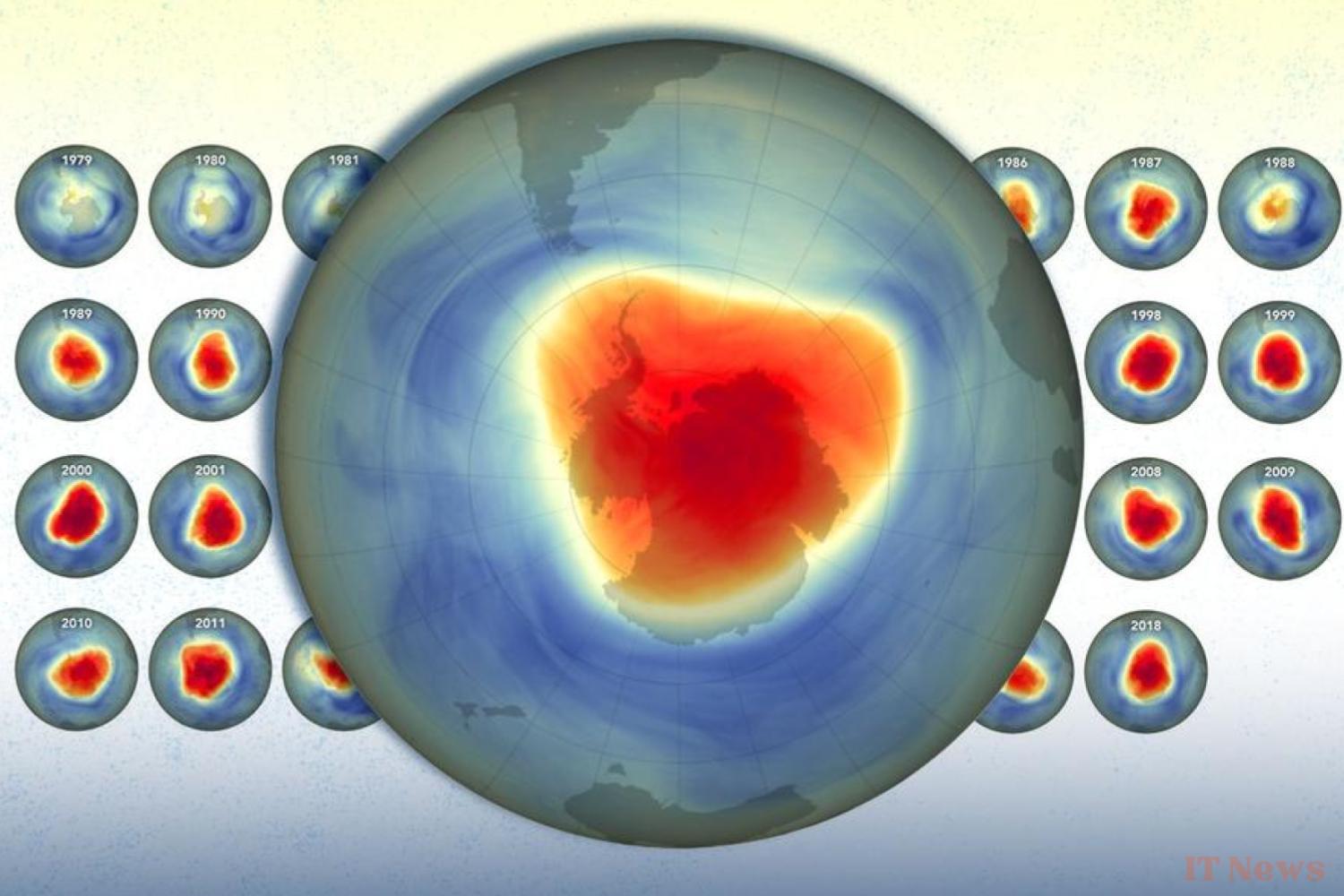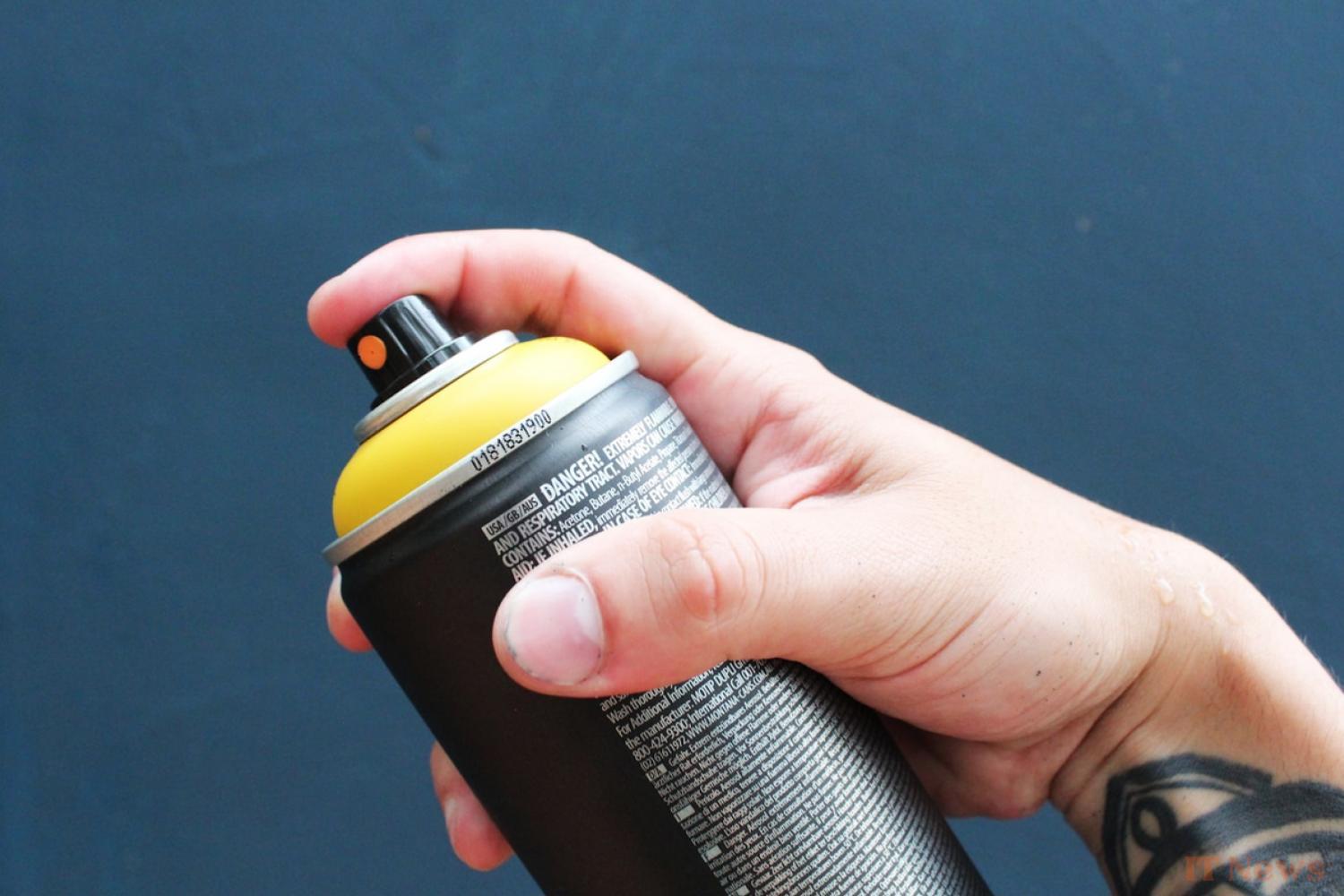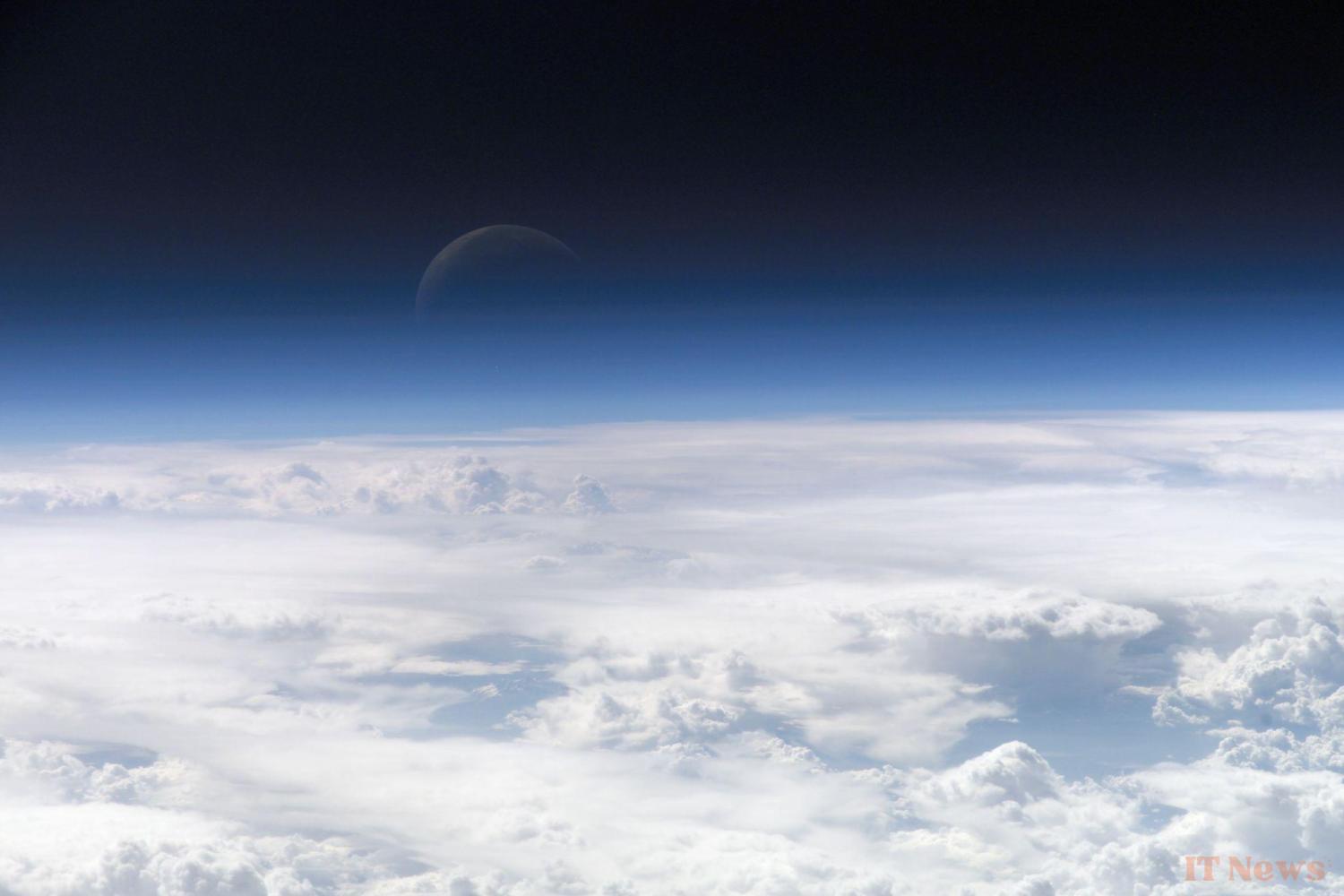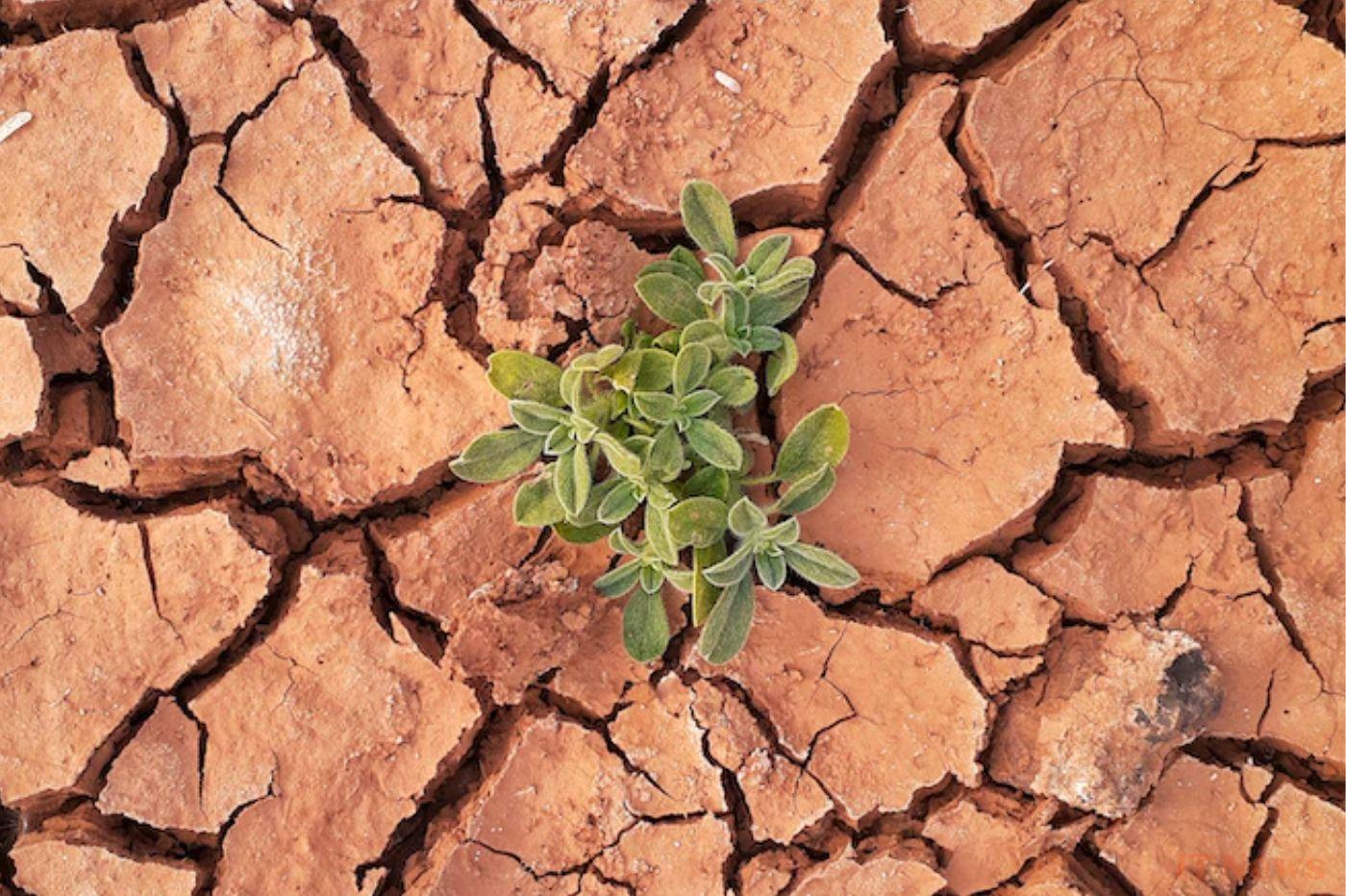In a climate crisis that is worsening every day, there is no shortage of good news. Here is a particularly exciting exception, for several reasons: a new study led by the prestigious MIT, the most rigorous and documented to date, confirms that the famous "ozone hole" is indeed closing. This is excellent news that should also serve as a lesson in a climate crisis that continues to worsen.
CFCs, a ticking time bomb
To understand the ins and outs of this information, it is necessary to start the story from the beginning. In 1913, French researchers Charles Fabry and Henri Buisson confirmed for the first time that our atmosphere contained a layer of ozone, a gas first identified 75 years earlier. In the decades that followed, other scientists documented its absolutely crucial role in sustaining life on Earth. It acts as a shield, absorbing more than 95% of the dangerous UV-B radiation emitted by the Sun.
But at the same time, an event would completely disrupt the dynamics of this all-important atmospheric structure: the development of chlorofluorocarbons, or CFCs, the very first non-toxic and non-flammable refrigerant gases.
These quickly gained widespread adoption around the world, paving the way for new air conditioning systems, aerosol cans, and a host of exceptionally useful new industrial processes.
But what was unknown at the time was that they would also become the main actors in a real ecological catastrophe.
The axe fell some forty years later, when Mario Molina and Sherwood Rowland published a historical study, proving that CFCs completely disrupt the ozone cycle. Based on this work, three other researchers then showed in 1985 that these refrigerants were even piercing a gigantic hole in the ozone layer above Antarctica — a finding full of extremely worrying implications.
The Montreal Protocol: A Decisive Turning Point
And for once, the human response to this growing threat was as swift as it was decisive. Just two years later, in 1987, 46 nations signed the Montreal Protocol, a text intended to completely ban the use of CFCs worldwide. Molina and Rowland were also awarded a Nobel Prize in Chemistry for their crucial work, showing that humanity was taking the situation very seriously.
The effects of this initiative were not immediate; it took another twenty years to reap the benefits. But in 2016, NASA finally detected the first signs of declining atmospheric CFC levels. And since then, the size of the ozone hole has continued to decrease.
But there is a substantial downside to this story. Indeed, it is relatively easy to detect an increase in atmospheric ozone. However, it is much more difficult to establish a solid statistical correlation between this trend and the actions taken by humanity. To date, no one has managed to do so satisfactorily... until the beginning of March 2025.
The long-awaited scientific confirmation
That's where MIT researchers and their colleagues come in. In their new study, they used the climate signature method, which allowed 2021 Nobel Prize winner in Physics Klaus Hasselmann to confirm that global warming was indeed caused by human activity. The authors recycled this methodology to establish a link between the shrinking ozone hole and the measures put in place by humanity since the Montreal Protocol.
"The atmosphere has very chaotic variability," explains co-author Susan Solomon in an MIT press release. "We are looking to detect the emerging signal of ozone regeneration independent of this variability."
In practice, they began by performing very large-scale simulations of the Earth using different models describing atmospheric dynamics. For example, they ran simulations under conditions that predicted no increase in greenhouse gases or ozone-depleting substances. Under these conditions, any variation in the ozone layer should therefore result from natural climate variability.
They then compared these simulations with actual observations of the ozone layer in Antarctica. This allowed them to describe very precisely how the latter evolved month after month, year after year, to identify changes specifically due to measures such as the withdrawal of CFCs.
And the results were as spectacular as they were reassuring: at the end of the analysis, they were able to confirm with great rigor that it is indeed the action of humanity that has led to the current trend. The hole in the ozone layer is still set to close completely, but above all, it is now almost certain that it is humanity's reaction that has allowed it to get to this point.
A glimmer of hope for humanity
This is a confirmation that is as valuable as it is encouraging. And for good reason: to date, the ozone layer saga remains the most spectacular example that the international community is capable of moving forward hand in hand, on the basis of serious scientific work, to quickly correct its own errors when they directly threaten its existence.
This is typically the kind of decisive action that humanity will desperately need today to extricate itself from the terrible climate quagmire it is currently mired in. It is clear that the global response has been particularly slow and timid so far.
All that remains is to hope that this confirmation will finally remind political actors what the citizens of the Earth are capable of, and that it will finally convince them to take the drastic decisions that are now necessary to leave a habitable world for future generations.
The text of the study is available here.






0 Comments